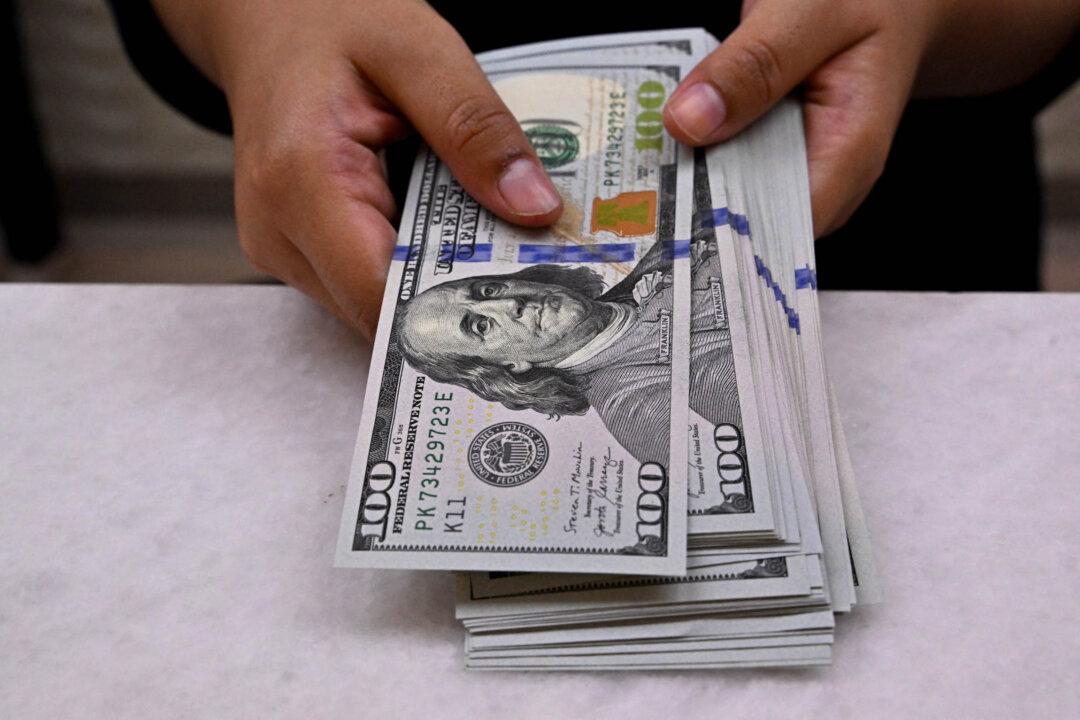Gold futures are poised to finish October at about 3 percent higher, trading at around $1,800 per ounce. However, year-to-date, the precious metal is still down by approximately 5 percent.
Silver, which is on track for a 9 percent gain this month, has performed even worse in 2021, as prices have slumped by roughly 9 percent year-to-date.
It has been conventional wisdom in financial markets that investors pour into these traditional safe-haven assets when inflation surges. However, this hasn’t been the case in 2021, despite all inflation measurements, from the consumer price index to the personal consumption expenditures price index, trending at multi-year highs.
The lack of a rally in gold and silver prices has some wondering what would it take for these metal commodities to mirror the gains enjoyed in summer 2020.

Is Bitcoin the New Inflation Hedge?
Are institutional and retail traders protecting their money by transitioning to other asset classes, such as Bitcoin and energy? It might also be a case of uncertainty as markets try to determine if inflation is a permanent fixture of the post-pandemic economy or will subside once the supply chain crisis deescalates, according to Kevin Rich, a consultant to Perth Mint.“The fact gold has not broken out of the $1,750–$1,800 range, either higher or lower, despite the negative real rates we have seen now for some time tells you there is still uncertainty on this question,” Rich told The Epoch Times.
“Institutional investors appear to be returning to Bitcoin, perhaps seeing it as a better inflation hedge than gold,” the note reads. “The reemergence of inflation concerns among investors has renewed interest in the usage of Bitcoin as an inflation hedge.”
However, this past spring, the bank revealed that many of its professional clients were transitioning from Bitcoin to gold.
Rich doesn’t think Bitcoin is being used as an inflation hedge, since it doesn’t possess a track record to suggest that it’s an effective tool in an inflationary environment.
“I’d say Bitcoin is more of a risk asset investors are using in these times of massive liquidity in the markets,” he said.
Russ Koesterich, managing director and portfolio manager at BlackRock, thinks the energy sector functions as a reliable hedge against inflation.
But Rich stated that, although energy commodities could be inflation hedges, “more investors are taking a view on supply and demand in those markets, as our reliance on fossil fuels will be with us longer than some anticipate.”
Global Gold Demand Slows
According to a new report from the World Gold Council (WGC), international demand for gold bars and coins declined in the third quarter to its lowest point since the fourth quarter of 2020. Total demand for the yellow metal tumbled at an annualized rate of 7.08 percent to 831 tons in the July-to-September period. While demand was solid among central banks and jewelers, financial investors sold their gold holdings.The positive news is that industrial demand is rising again, a trend that market analysts say could spur a renewed rally heading into 2022. On a quarter-over-quarter basis, industrial and electronics demands advanced 10 percent and 4 percent, respectively.
Forecasts for Gold Prices in 2022
Where could gold prices be heading in 2022? Many financial institutions have pared their estimates, as ultra-aggressive pandemic-era monetary policy stimulus and relief efforts are expected to wind down in 2022, from rising interest rates to trimming monthly bond purchases.In July, the Bank of Montreal lowered its gold price projection in 2022 and 2023, averaging $1,731 per ounce and $1,630 an ounce, respectively.
“Although precious metals already have one eye on a potential Federal Reserve tapering cycle, over the next few months we expect relatively sticky demand support for gold and silver from both central banks and ETF, particularly if wider market volatility increases,” analysts at the Canadian bank said.
“In a world where the global economy is clearly in recovery mode, attention is naturally shifting to the direction of travel in central bank thinking, not least at the Federal Reserve. We do expect some impact to gold holdings from this, but given negative real yields, amplified geopolitical tensions, and potential for wider market volatility, we would be surprised to see aggressive outflows over 2021–22.”
Can gold eventually live up to its reputation?
“There’s no guarantee if there’s a spike in inflation, gold will also generate above-average returns,” the analysts said.





